You are here
This piece was written by David Skolnik, PT, DPT, CSCS. Scroll to the bottom to learn more about David and follow along on his adventures!
When skiing, the first few times on the slopes or in the backcountry are the most dangerous when it comes to risk of injury. Muscles, joints, and ligaments are suddenly exposed to stresses and strains they have not had to handle for months. The brain, however, is ready and raring to go. It remembers how everything felt at the end of last season when all systems were firing.
While some may be able to resist the urge to go full throttle on day one, even starting out slow and easy may not be enough to avoid an early season injury. Spending 60 minutes each week in the gym can go a long way toward improving the odds of making it through the season unscathed, at least in terms of the injuries you can control. In addition to reducing the risk of injury, getting into the gym on a weekly basis may even lead to stronger skiing than you’ve come to expect out of yourself. Let me show you how!
A simple internet search quickly reveals the five most common ski injuries:
- ACL ruptures
- MCL injuries (often concurrent with ACL injury)
- Shoulder dislocations
- Concussion
- Skier’s Thumb (injury to the ulnocolateral ligament of the thumb)
Shoulder dislocations and concussions are clearly related most significantly to falls. Depending on how aggressively you ski, there is only so far we can go in preventing these. Skier’s thumb can be due either to repetitive stress that comes from high volume skiing, or from an acute injury event such as a fall.
That leaves us with the ACL and MCL injuries. These top two injuries both involve the knee and often happen simultaneously. ACL and MCL injury mechanisms most often involve some combination of a planted foot with a twisting force or a hyperextension force at the knee. It doesn’t take a fall or a freak accident to suffer a knee injury. It can happen during a seemingly routine turn. Limited hip mobility and stability, insufficient quad and hamstring strength, and fatigue all increase the risk of knee injury. This is where the gym comes into play.
60 minutes per week
Your weekly workout routine will involve at least two 30-minute workouts. Each workout will include a five-minute dynamic warm-up, 20 minutes of relatively high intensity continuous exercise, and a five-minute mobility-focused cool down. The goal is to address the power requirements of skiing with specific exercises while building endurance through a circuit- style training routine.
Warm-up
The warm up is designed to work from the lumbar spine out to the foot and ankle, and from the floor to standing. Just as skiing requires spinal rotation, hip rotation, knee flexion/extension and strength in the foot/ankle complex, this warm-up targets all these areas and primes the neuromotor system for the workout ahead.
Workout #1
- Walking Lunge: 20 steps
- Pull-ups: 5 reps (add resistance OR assistance depending on strength)
- Dumbbell Goblet Squats: 10 reps
- Band or Cable Rows: 10 reps each arm
- Lateral Lunges: 10 reps each side
- Single Leg Bridges: 10 reps each side
**Set a timer for 20 minutes and complete as many rounds as possible (AMRAP) resting when needed**
Workout #2
- Speed Skater Jumps: 20 reps
- Lawn Mower Row: 10 reps each arm
- Forward Hop with Single Leg Landing: 10 reps each side
- Shoulder Scaption Raises: 10 reps each side
- Band Dead Lifts: 10 reps
- Twisted Mountain Climbers: 20 reps
**Set a timer for 20 minutes and complete as many rounds as possible (AMRAP) resting when needed**
Cool down
The cool down is a frequently neglected aspect of workout routines. There are numerous reasons NOT to skip your cool down. A mobility based cool down can reduce post-workout muscle soreness. Immediately following exercise, tissue extensibility is maximized, making this the ideal time to work on improving flexibility. Every movement in this cool down has also been designed specifically to address the key areas of mobility needed to be a successful and healthy skier. Spend enough time for five slow breaths in each position, relax, and appreciate the effort you just put into the workout.
Now, get out there and enjoy that fresh powder! Mount Hood is a fantastic place for cross-country skiing or some ski mountaineering up and back from the Pearly Gates!
ABOUT THE AUTHOR: David Skolnik is a Certified Strength and Conditioning Specialist with a degree in Exercise Science and a Doctorate in Physical Therapy. David has spent the last 10 years studying, testing, applying and educating people from all walks of life on the scientific principles behind strength training and how to apply them to their own lives and interests. He has applied his training personally to trail running relays, collegiate level track and field, weekend hikes, competitive powerlifting, and more. You can find him at Evolution Healthcare and Fitness doing small group fitness classes, individual personal training, or preparing himself for his next power lifting competition.
Follow along on David's adventures on Facebook and Instagram!

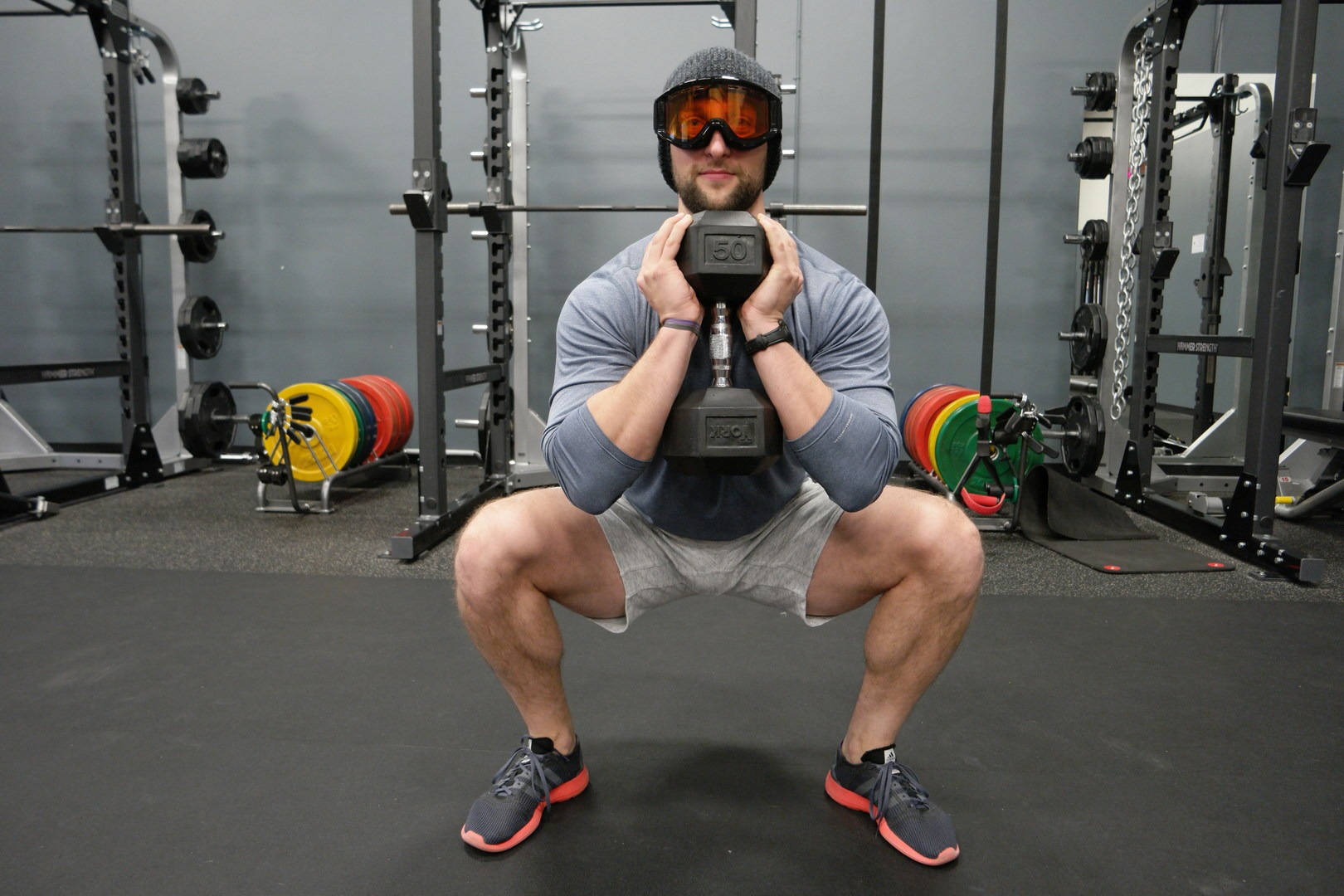
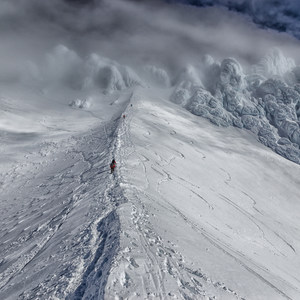
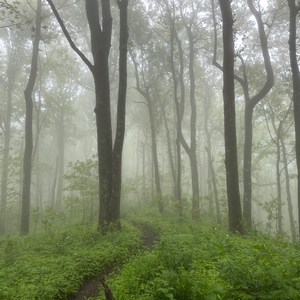
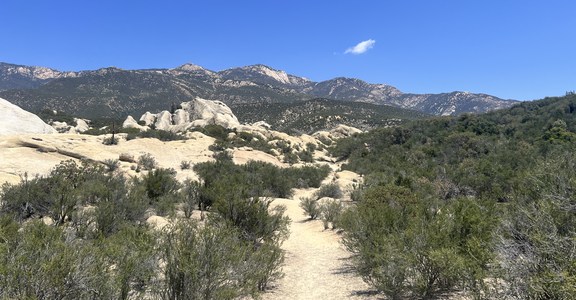
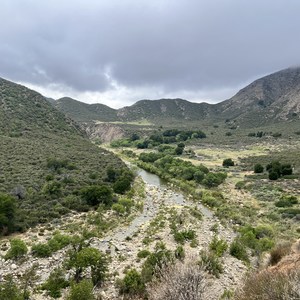
Comments
Sign In and share them.